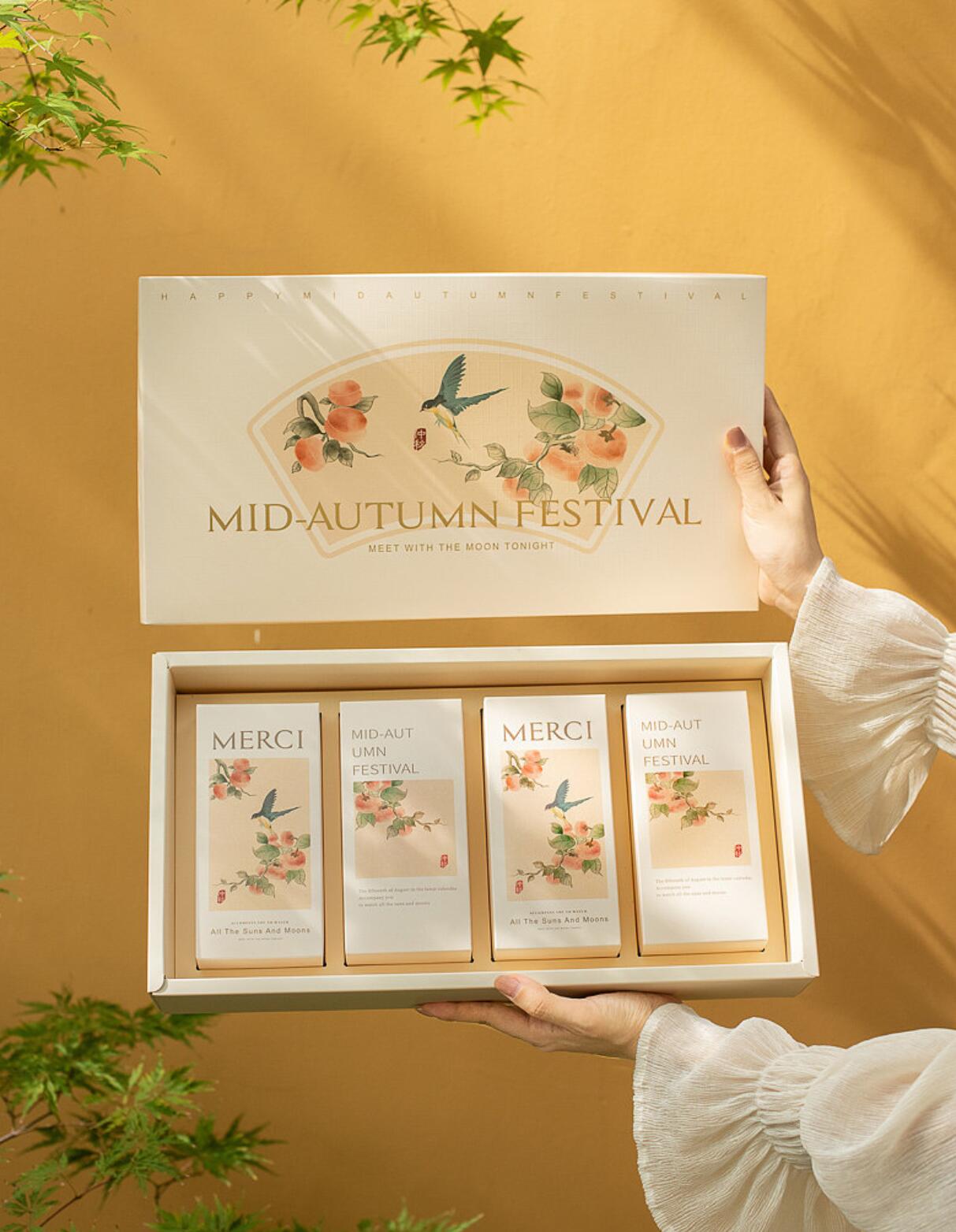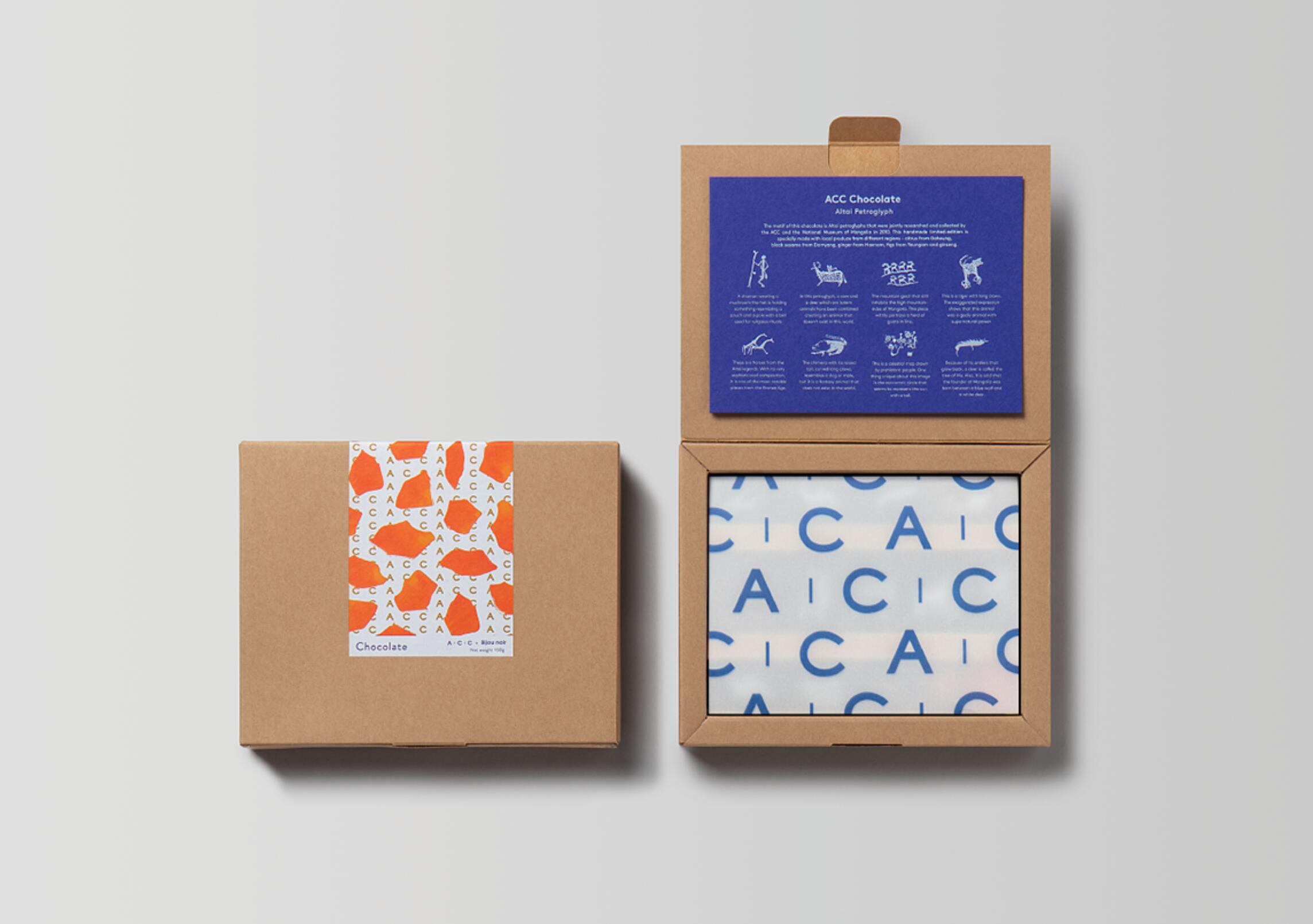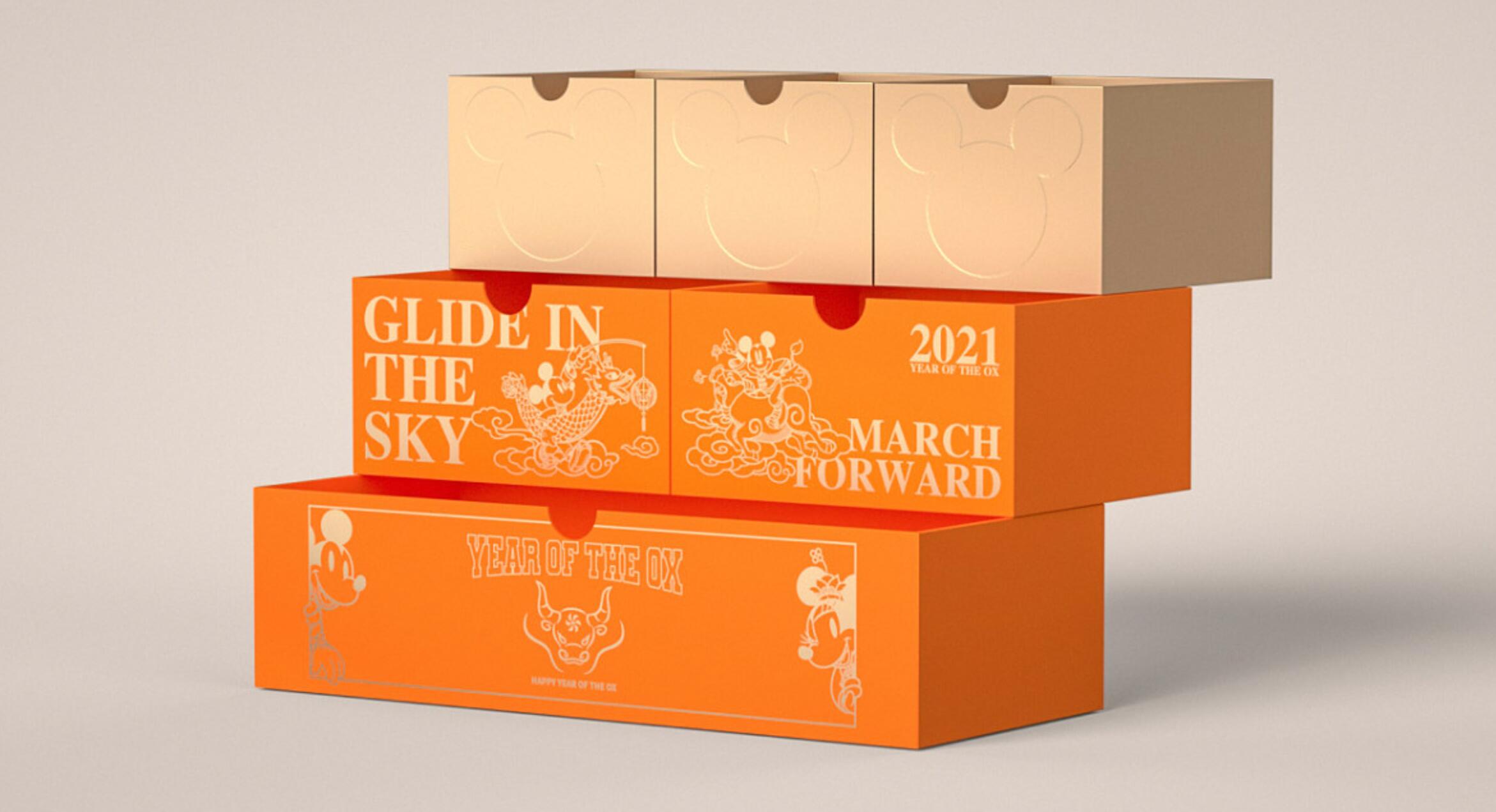With the global population aging at an unprecedented rate, the demand for elderly healthcare products has been on the rise.
An essential aspect of these products is the packaging box, which not only serves as a container but also plays a significant role
in product presentation and user experience. This article will explore the structural features and design trends of packaging boxes
for elderly healthcare products, considering the latest design concepts and offering a personal perspective.

Structural Features:
1. Accessibility and Ease of Use: Packaging boxes for elderly healthcare products should prioritize accessibility and ease of use. This
includes considering the ergonomics of opening and closing the box, ensuring that it can be easily manipulated by individuals with
limited dexterity or strength.
2. Clear Labeling and Information Display: The packaging box must provide clear and concise labeling and information display. This
includes using large, legible fonts with high contrast colors for easy reading, and including essential product information such as usage
instructions, ingredients, expiration dates, and possible risks.
3. Safety and Security: Elderly individuals often require medication and healthcare products that need to be stored securely. Packaging
boxes should incorporate mechanisms such as child-resistant closures, tamper-evident features, and robust materials to ensure the safety
and security of the products.
4. Portability: Many elderly individuals prefer to carry their healthcare products with them while traveling or going about their daily routines.
Packaging boxes should be designed to be compact, lightweight, and easily transportable, considering characteristics like handles or
resealable features.

Design Trends:
1. Minimalist and Modern: Minimalist designs with clean lines and simple color schemes are gaining popularity in the packaging industry.
This trend aims to create an uncluttered and visually appealing look while maintaining a modern aesthetic.
2. Personalization and Customization: Personalization is becoming a significant design trend, allowing packaging boxes to be tailored to the
specific needs and preferences of individual consumers. This can include personalized messages, customizable compartments, or even
variations in packaging sizes.
3. Sustainable Packaging: As environmental concerns continue to grow, sustainable packaging solutions have become a top priority. Design
trends in this area focus on using recyclable or biodegradable materials, reducing waste, and incorporating eco-friendly production processes.
4. Multifunctionality: Packaging boxes that serve multiple functions are gaining popularity. This may include boxes that can be repurposed as
storage containers or transformed into practical accessories for everyday use, contributing to the reduction of single-use packaging waste.
Personal Perspective and Conclusion:
The packaging of elderly healthcare products plays a vital role in ensuring product integrity, user-friendliness, and market appeal. While trends
and design concepts evolve, the key focus should be on addressing the specific needs of elderly individuals. The structural features should prioritize
accessibility, clear information display, safety, and portability. Moreover, taking into consideration the latest design trends such as minimalism,
personalization, and sustainability will enhance the overall packaging experience.

In conclusion, the packaging of elderly healthcare products should constantly evolve to meet the changing needs of the aging population. By
incorporating innovative design elements and ensuring practicality, packaging boxes can enhance the user experience and contribute to the
overall success of these essential products.





